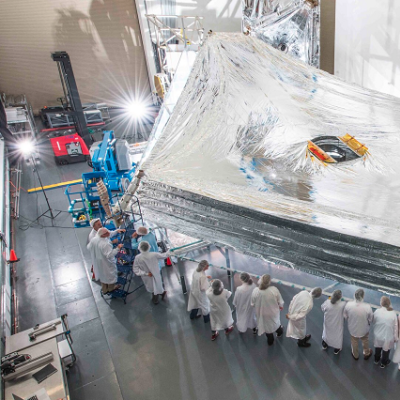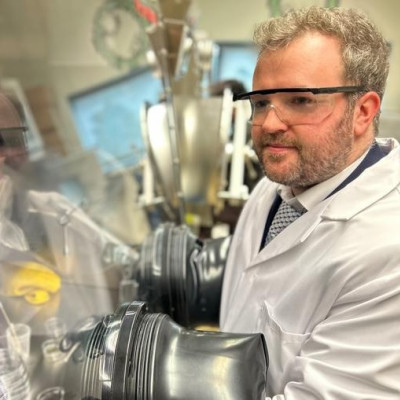Iron (III) oxide is one of the most common oxides on the planet. The forms of iron (III) oxide have exotic modifications: epsilon-, beta-, zeta - and even amorphous. The most attractive phase for scientists is epsilon-iron oxide. This modification has an extremely high coercive force (the ability of the material to resist an external magnetic field). The strength reaches 20 kE at room temperature, which is comparable to the parameters of magnets based on expensive rare earth elements.
The material also absorbs electromagnetic radiation in the sub-terahertz frequency range (100-300 GHz) due to the effect of natural ferromagnetic resonance.The frequency of such a resonance is one of the criteria for the use of materials in wireless communication devices-the 4G standard uses megahertz, and the 5G standard uses tens of gigahertz. The sub-terahertz band is planned to be used as a working band in sixth-generation (6G) wireless technologies.
The resulting material can be used for the production of converting or absorbing devices at these frequencies. Nanopowder can be used to make paints that absorb electromagnetic waves, and thus shield the premises from extraneous signals and protect the signal from interception from the outside.
Epsilon-iron oxide is an extremely rare and difficult-to-obtain form of iron oxide. Today, it is obtained in very small quantities, and the process of obtaining it takes up to a month. Of course, in such a situation, we are not talking about widespread use. The authors of the study developed a method of accelerated synthesis of epsilon-iron oxide, which allows you to reduce the synthesis time to one day (that is, to conduct a full cycle more than 30 times faster!) and increase the amount of the resulting product. The technique is easy to reproduce, cheap and can be easily implemented in industry, and the materials needed for the synthesis - iron and silicon-are among the most common elements on Earth.
"Materials with such high ferromagnetic resonance frequencies have a huge potential for practical applications. Today there is a rapid development of terahertz technologies: this is the Internet of Things, ultrafast communication, scientific devices of narrower application, medical technologies of new generation. So sensational in the last year , the 5G communication standard operates with frequencies in the tens of gigahertz, but with our materials we open up prospects for moving to significantly higher frequencies (hundreds of gigahertz), that is, we are already dealing with 6G standards and higher. Now it's up to the engineers, we are happy to share with them the information we have received and look forward to the opportunity to keep in touch use your 6G phone, " says Lyudmila Alyabyeva, senior researcher at the MIPT Terahertz Spectroscopy Laboratory, where the terahertz studies were conducted.
The scientists ' article can be read in the Journal of the Royal Chemical Society Journal of Materials Chemistry C.
Read the original article on AK&M Analytical Information Agency.







